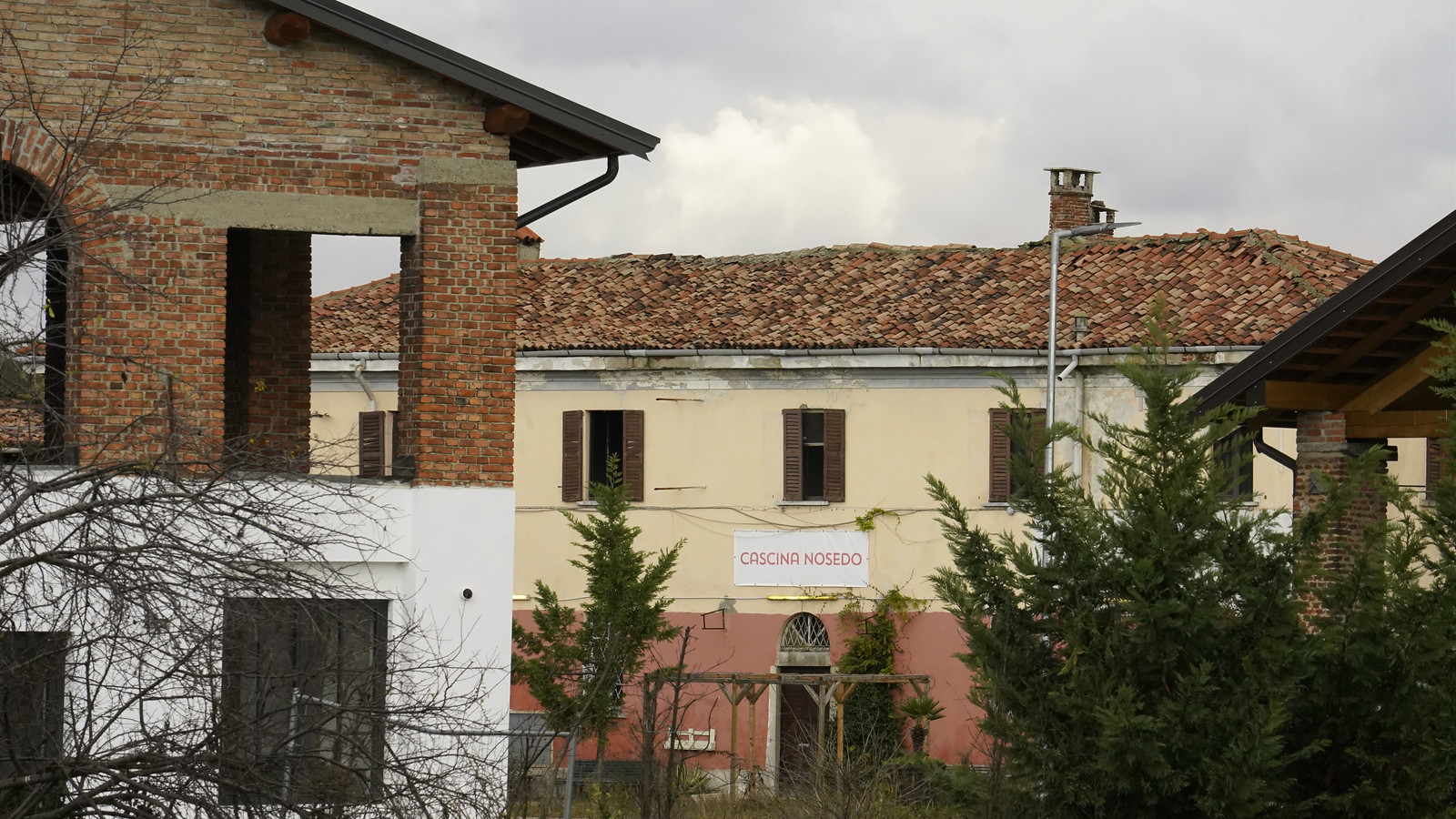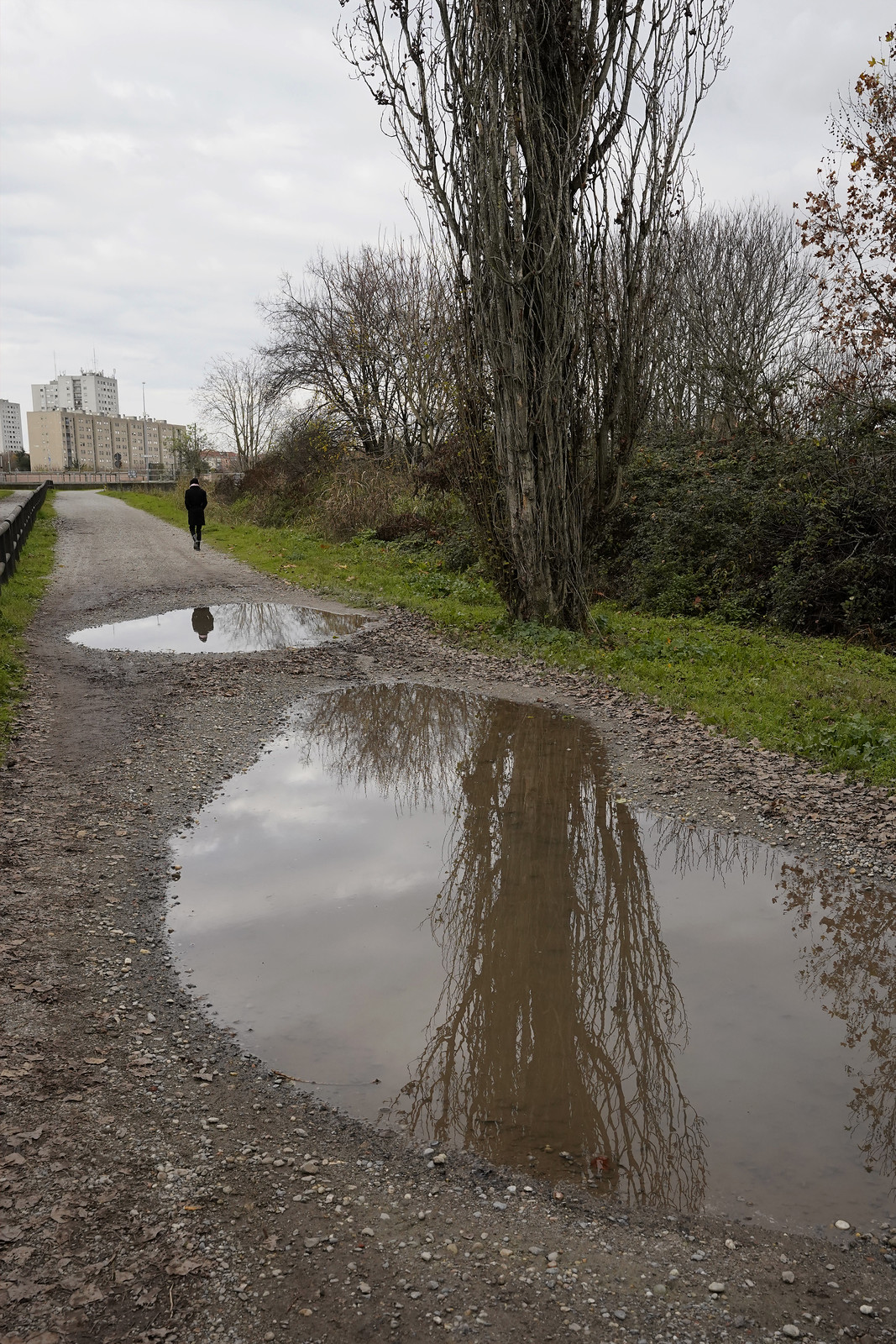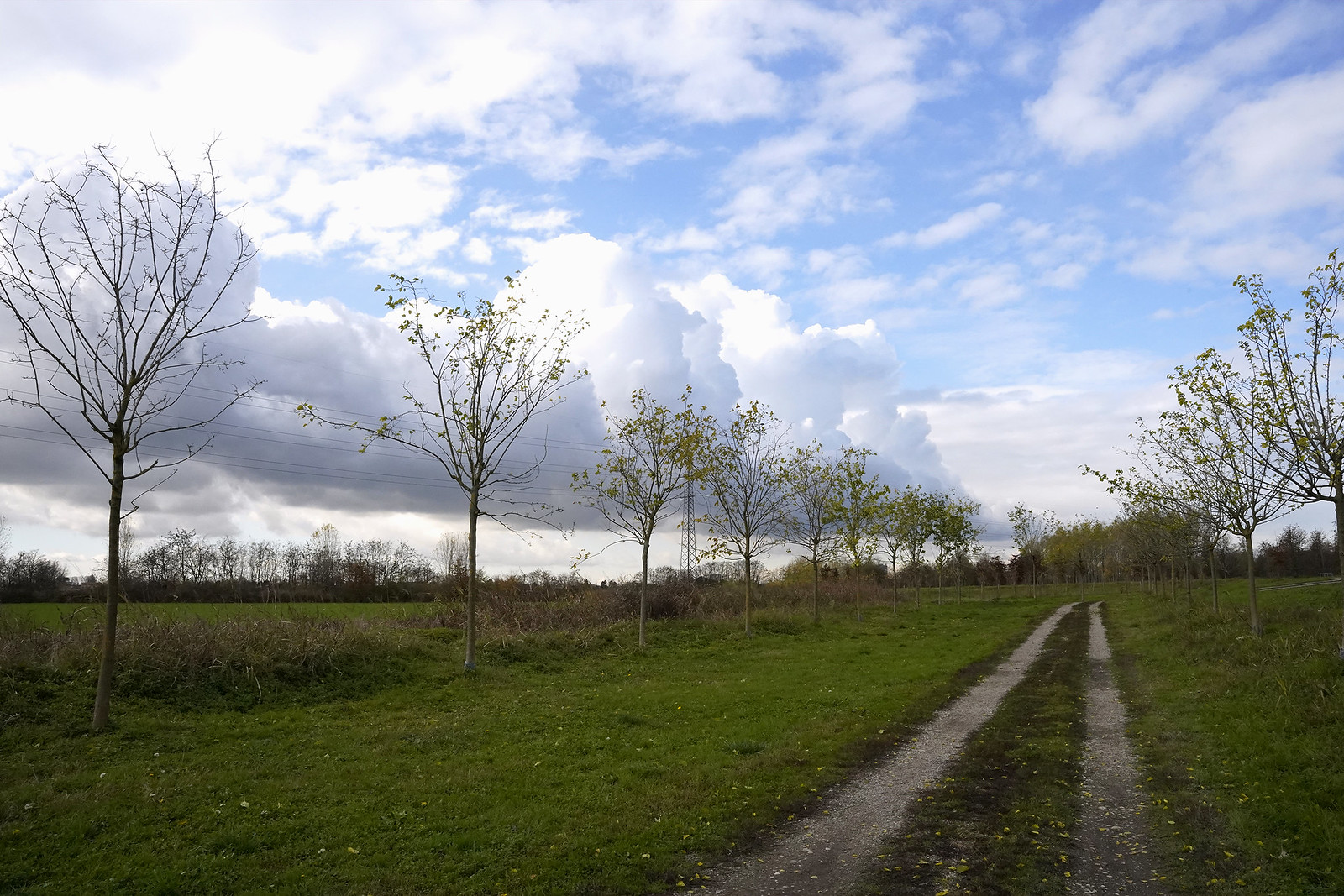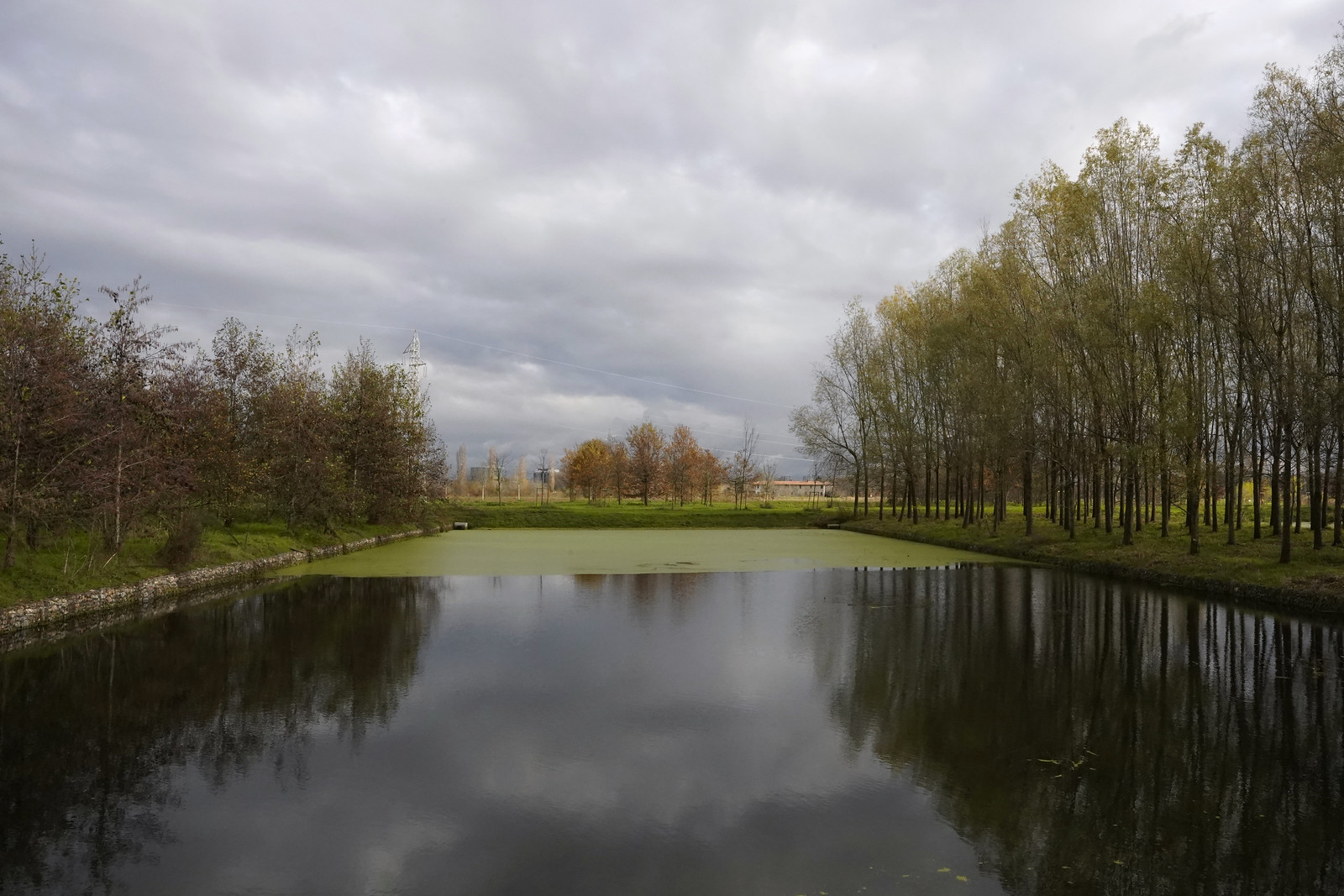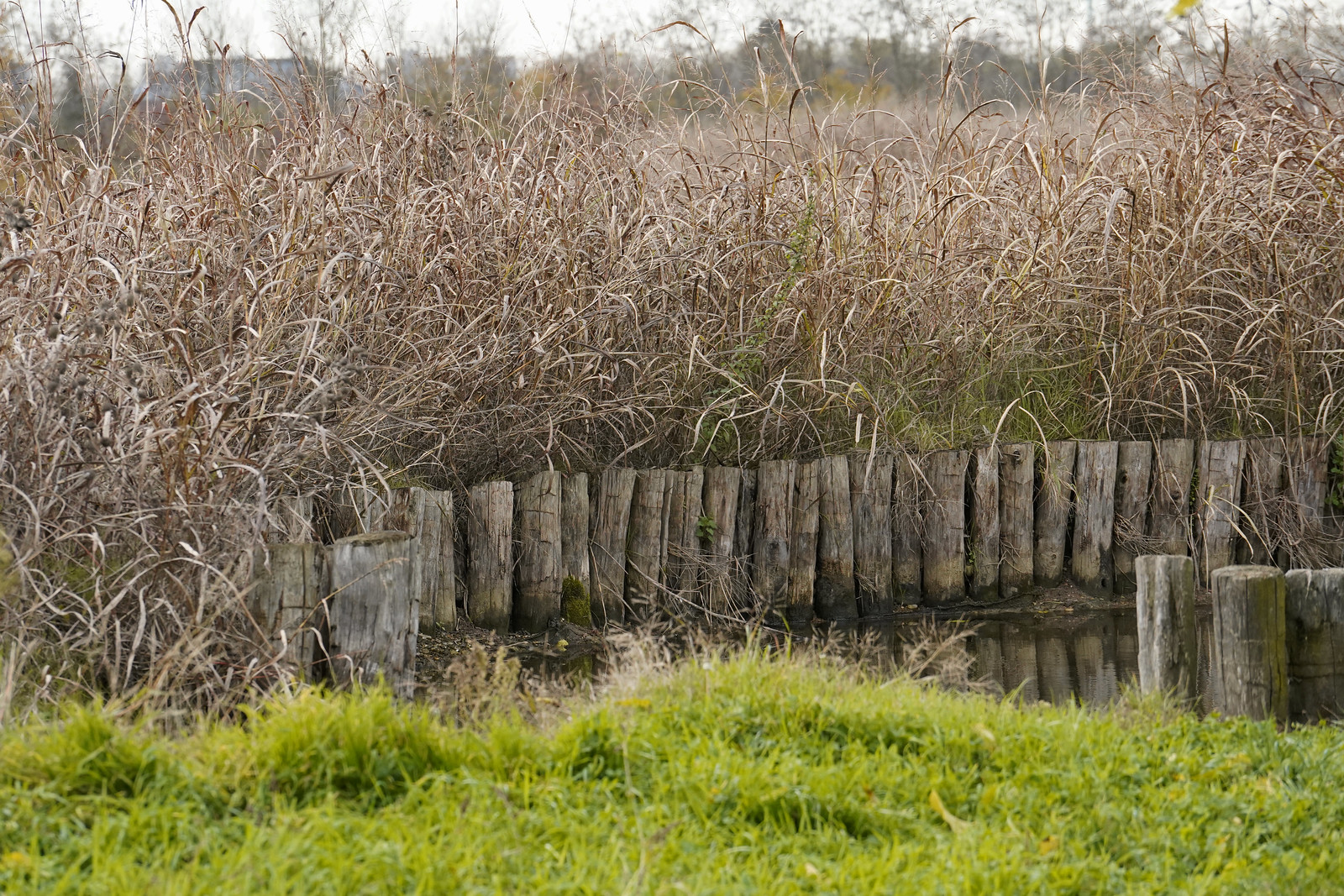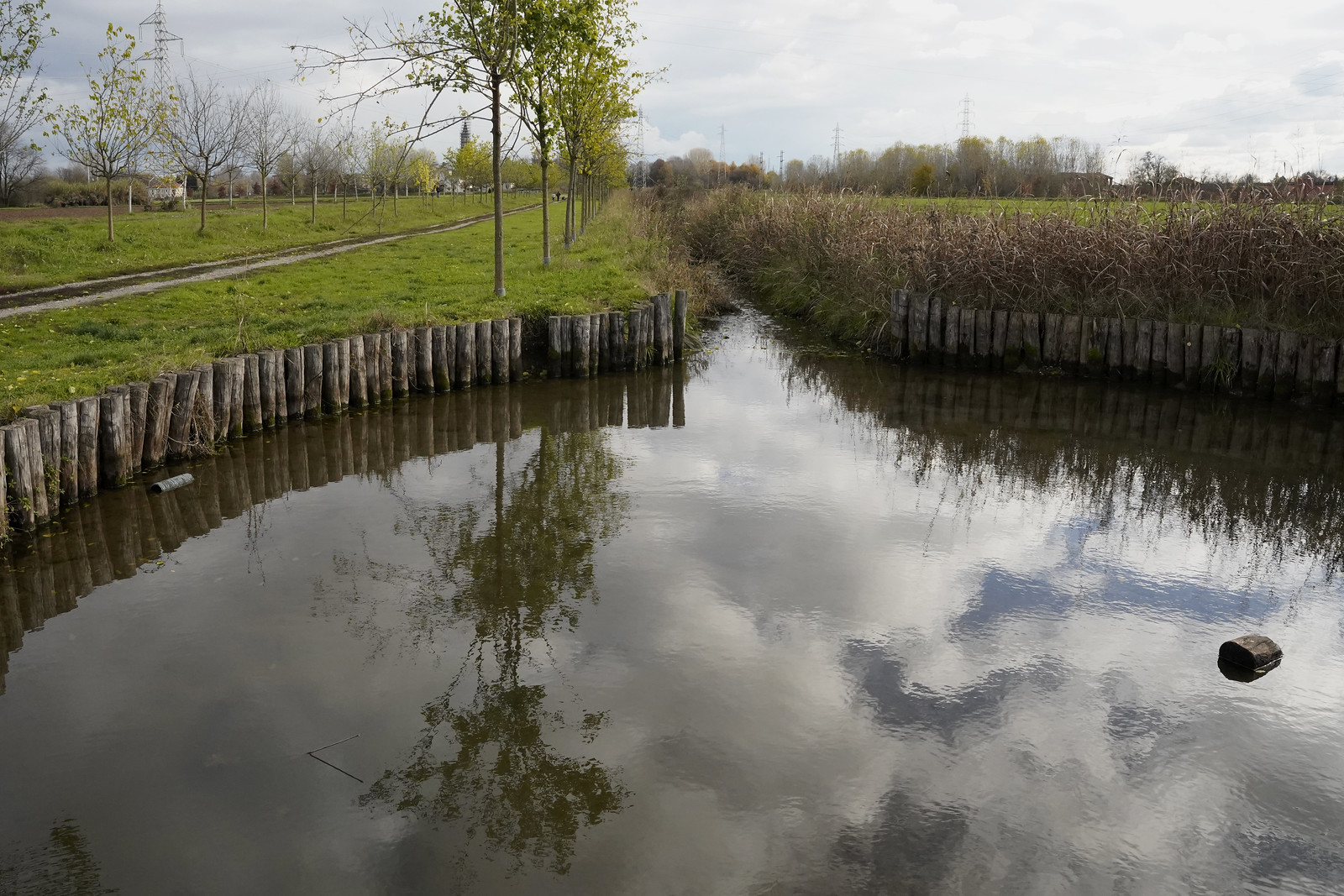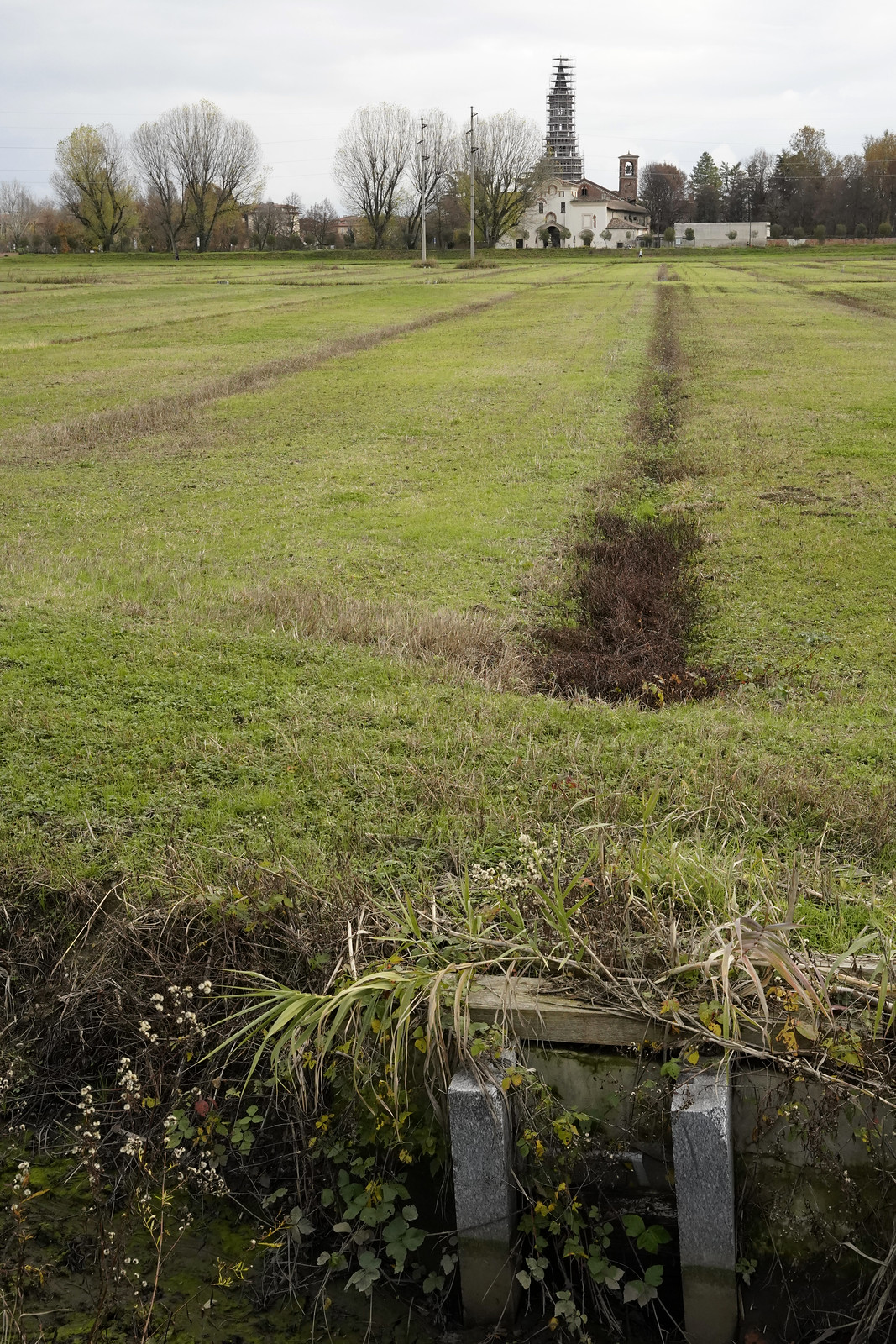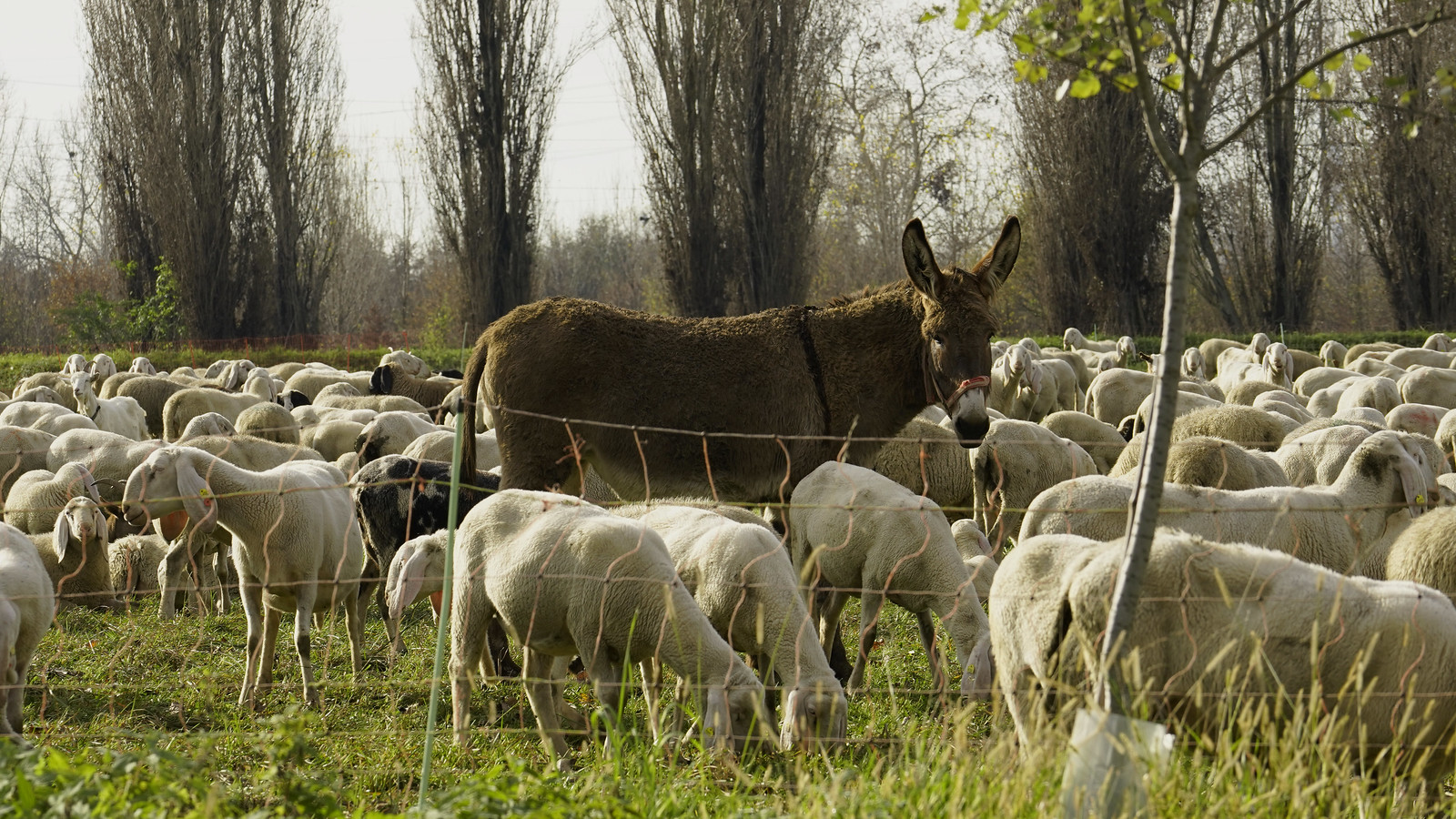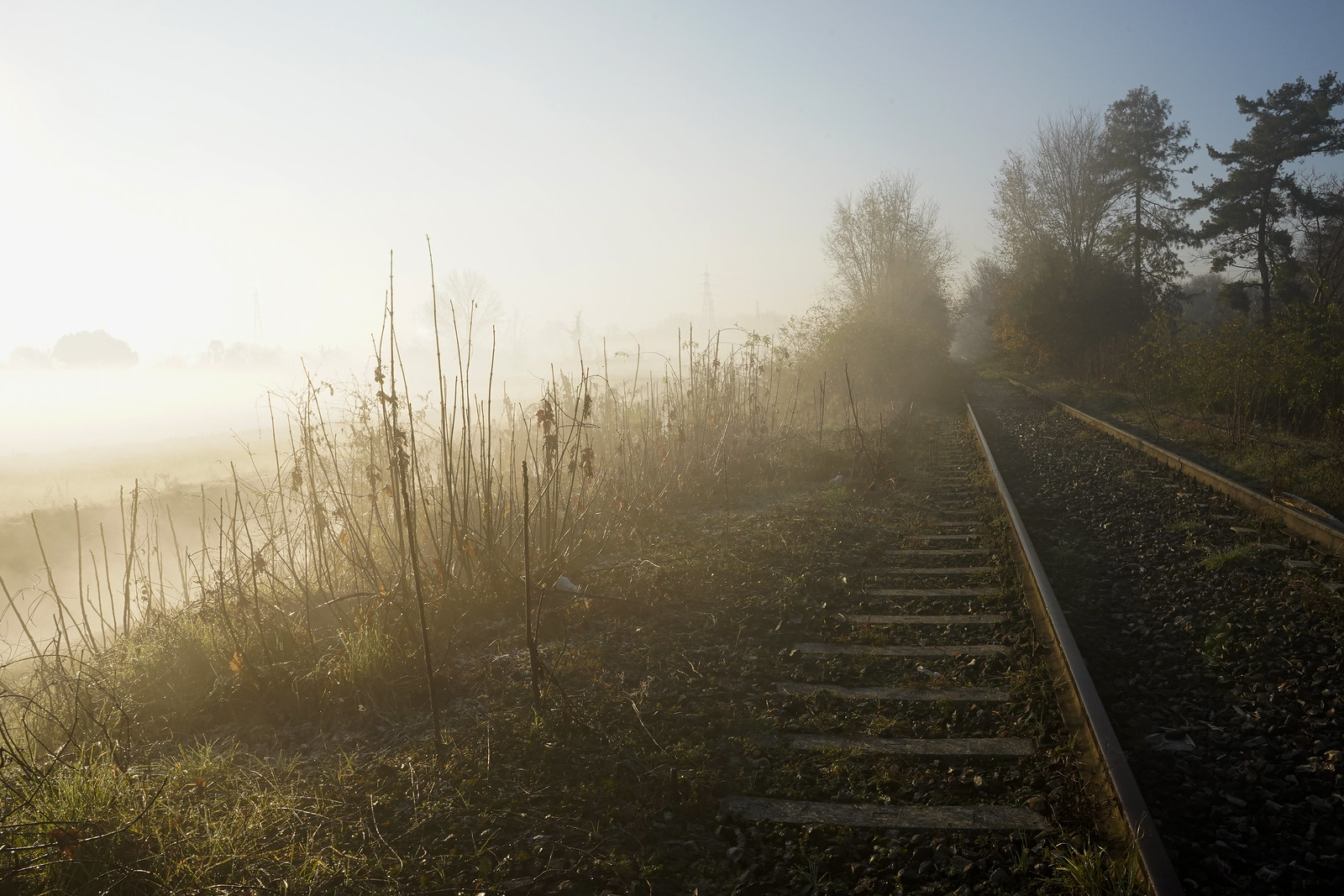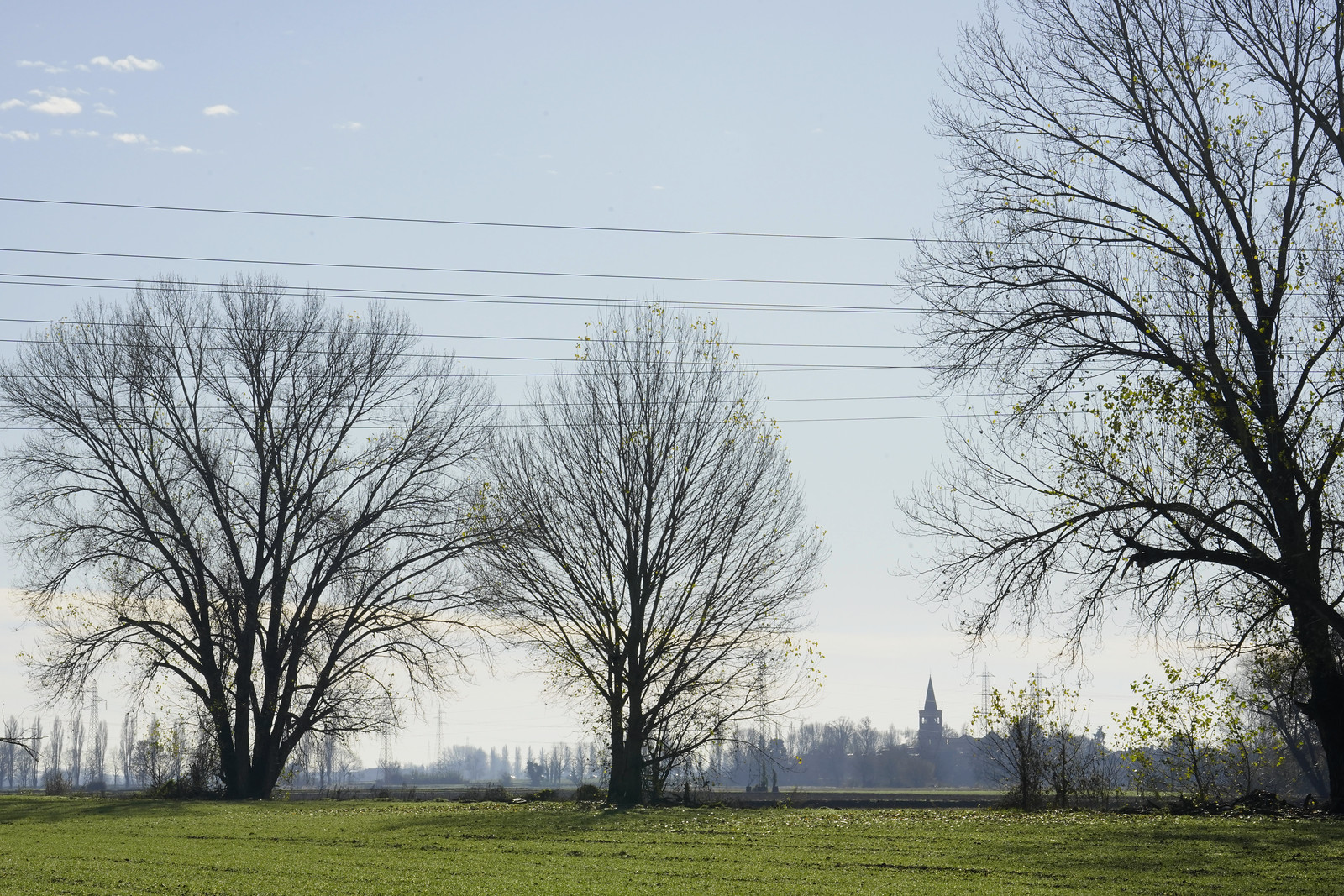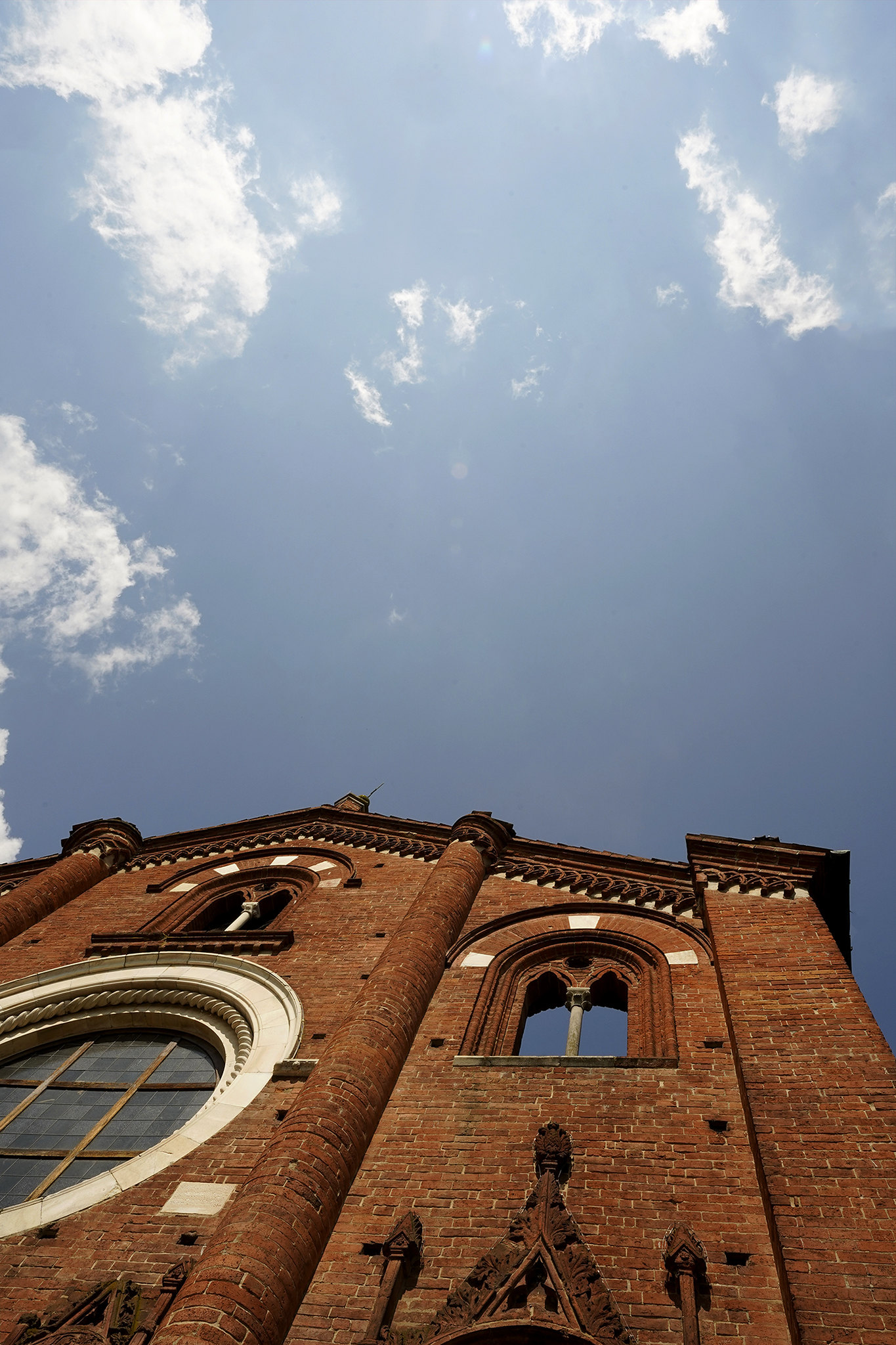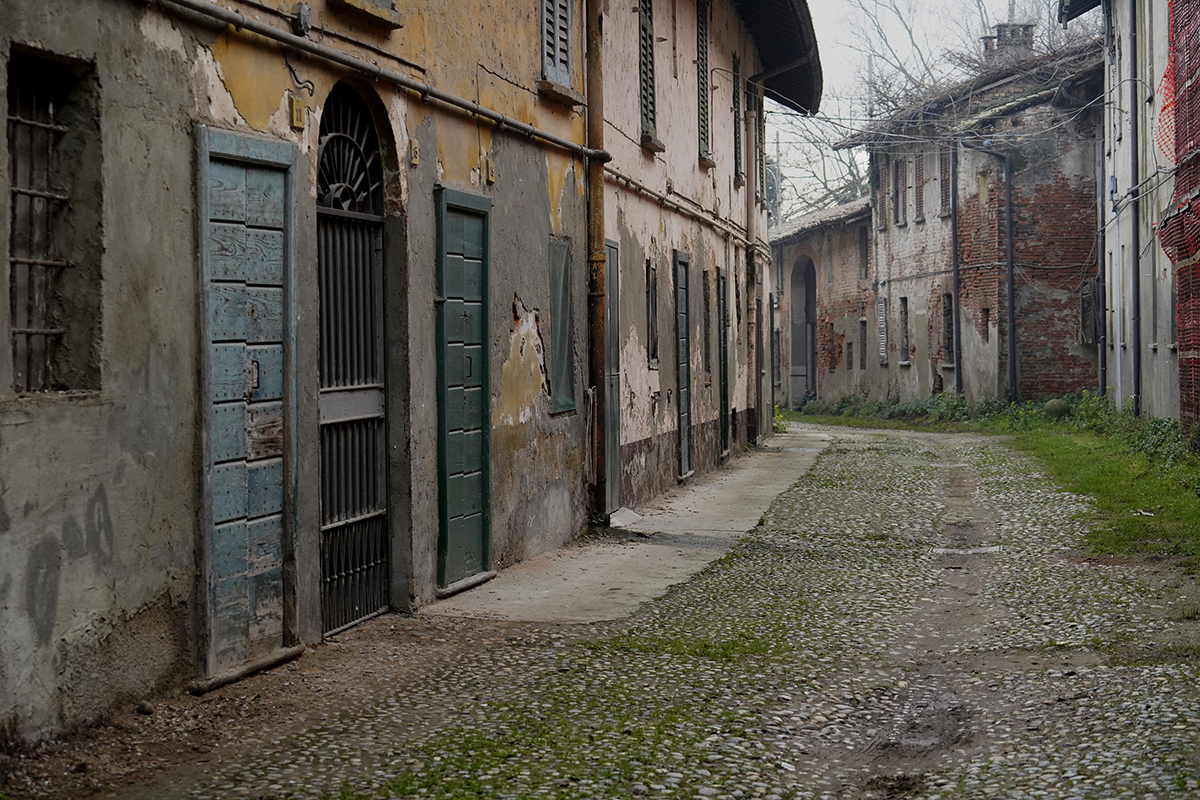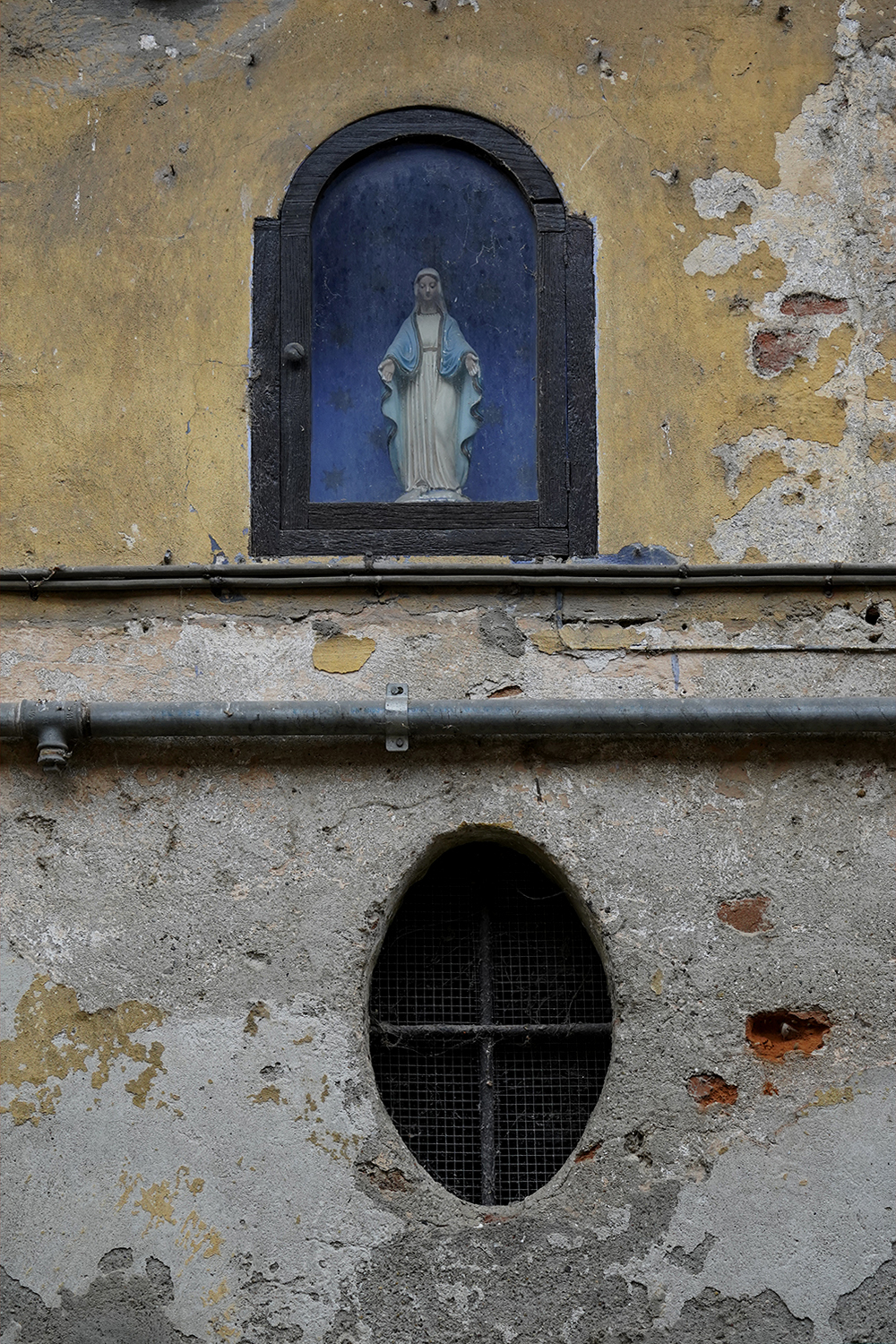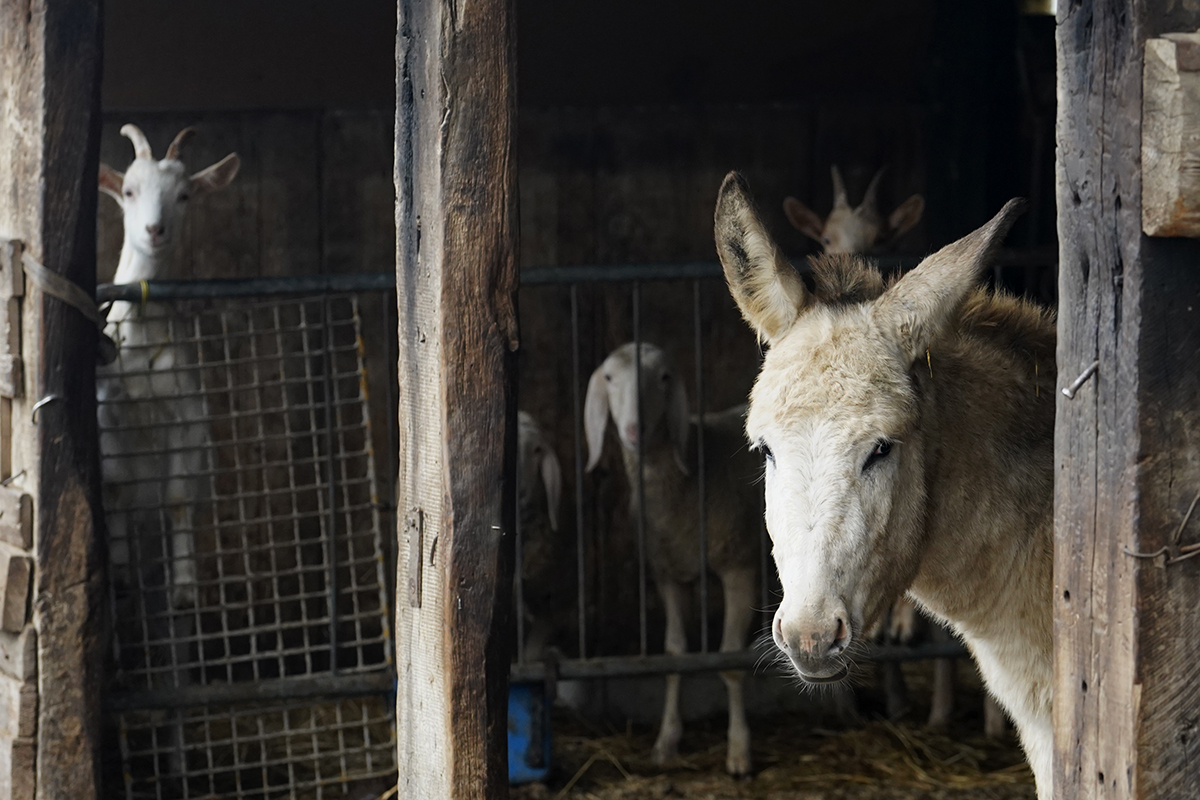Vettabbia

Summary
TRANSPORTED BY A FLUID TIME
FARMHOUSES OF SPIRITUALITY
Cascina Nosedo can be found in the area of contact between Vettabbia Park and Milan: it will soon be used as a centre for cultural and formative activities.
The Nocetum Association also recover Cascina Corte San Giacomo which promotes spirituality, culture and art in the territory.
THE DAMP FOREST
Vettabbia Park’s avenues, accessible on bike or by foot, are sided by rows of poplars, ‘young’ trees and reed spots. In some spots, the trees leave the possibility to admire the city view often composed of big buildings.
TECHNIǪUE BECOMES LANDSCAPE
The Vettabbia Park is linked to the environmental compensation of the Nosedo purifier.
The creation of a phytoremediation system is connected to a wet woodland that serves as a filter ecosystem, with an orchard containing endangered botanical species and a small semicircular pond called the Stagno delle acque di resa. Surrounding the small water basin is a circular double row of black poplar and white elm trees. The water sections within the wet woodland create the illusion of a little Versailles.
BACKBONE OF THE VALLEY OF THE ABBEYS
La marcita - water-meadow
The water-meadow is an incredible traditional farming technique used in the Po Valley. It was first established in the grange, large agricultural estates owned by abbeys. This technique involves gravity-fed irrigation, using water from natural springs even during the winter season.
During the summer, the meadows are periodically irrigated, while in winter, they are irrigated continuously. The spring water flows year-round at a constant temperature between 9°C (in winter) and 14°C (in summer) due to the gently sloping terrain. This incredible technique prevents the soil from freezing, allowing vegetation to continue growing through the winter. It enables at least seven cuts of forage per year, sometimes even nine, compared to 4-5 cuts obtained from the cultivation of the best permanent meadows.
The name water-meadow comes from the ancient practice of leaving the final winter cut to “rot” on the irrigated meadow.
Although the inventor of the water-meadow technique is unknown, monks from France commonly get the credit, particularly the Cistercians, who enormously contributed to its spread in the northern Italian countryside. The use of marcite allowed farmers to feed their livestock with fresh grass from the end of February, resulting in milk and dairy yields that were among the highest in Europe.
Source: Wikipedia
URBAN SHEPHERDS
In the park, you might see ‘Bergamini’ shepherds with their sheep while riding the bus. This is a surprising sight, especially for people who have always lived in the city.
THE ABBEY TRAIL
Behind the Chiaravalle Abbey, the Vettabbia Canal runs next to an old railway. This railway used to connect Milan and Genoa but is no longer in use. There are plans to build a bike path from Chiaravalle Abbey to Viboldone Abbey. The main point of this path is the Ex Campagnetta (Gustavo Hauser Park). The view from here will be a scenic lookout. This project aims to connect different parts of the area by bike.
TORRETTA LOCK
The Torretta Lock is an old, abandoned building called Mulino Torretta near Civesio. The Vettabbia canal flows nearby with its locks.
VIBOLDONE
A Celestial place
Viboldone Abbey is a peaceful place with a brick front and open windows, perfect for meditation and a key part of the countryside.
THE BATTLE OF GIANTS
Mezzano village is a surprising place in the countryside, full of history and fun facts.
There is the church and ossuary of Santa Maria della Neve, which remembers the Battle of Giants in 1515, a small zoo with geese and goats and streets that look like a movie set.
AT THE ENTRANCE OF MELEGNANO
Travelling south on Via Emilia SS9, you see the Vettabbia canal. This canal crosses the plain south of Milan and joins the Lambro River in the municipality of Melegnano, in the Bosco di Montorfano area.
ASPIRATIONAL TERRRITORY
The Vettabbia canal starts underground in Milan between Via Santa Croce and Via Vettabbia. It ends in Melegnano, but its influence covers a much larger area.
… Una riqualificazione organica di questo territorio e degli itinerari ‘slow’ potrebbe riconnettere la strada delle Abbazie alle Vie Francigene di Sigerico e Renana e, di conseguenza, Milano alla Rete di Cammini d’Europa
Traduzione in lingua inglese e podcast realizzati da Matilde Maria Peri – Progetto PCTO con Regina Mundi
Registrazione Podcast a cura di Luigi Maisto
Supervisione – Piera Scudeletti EVF



